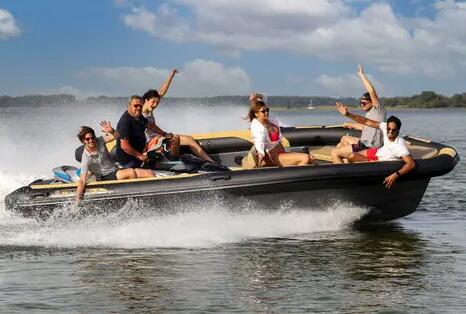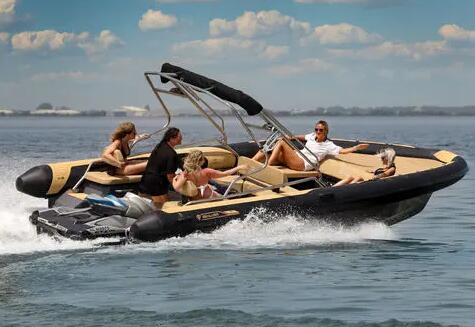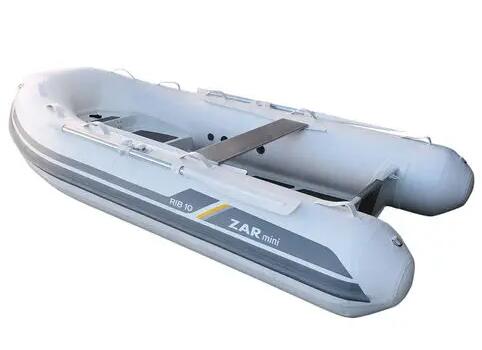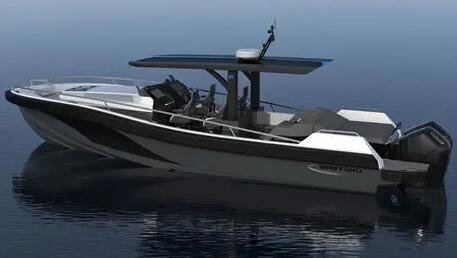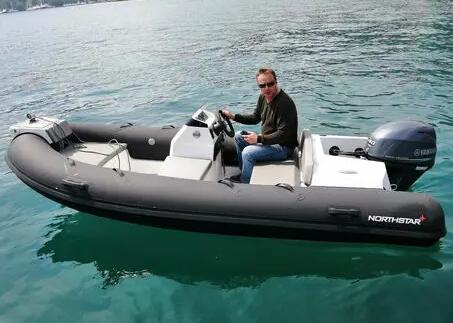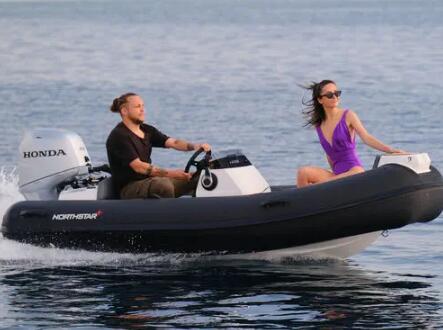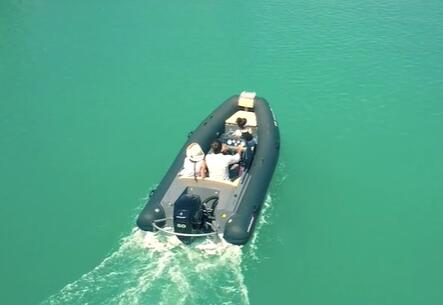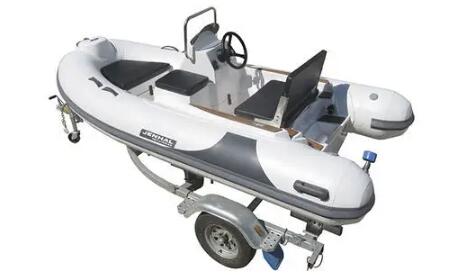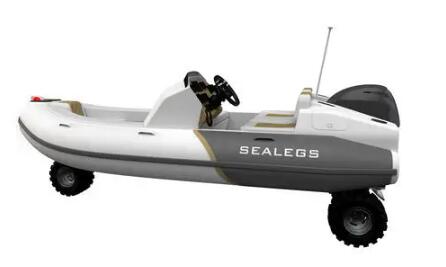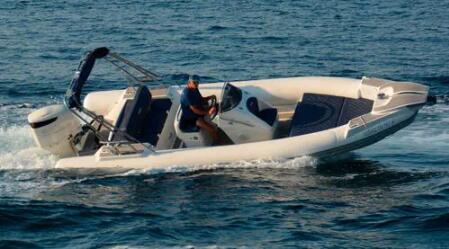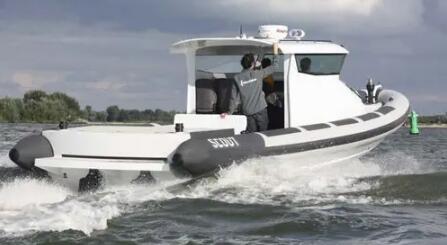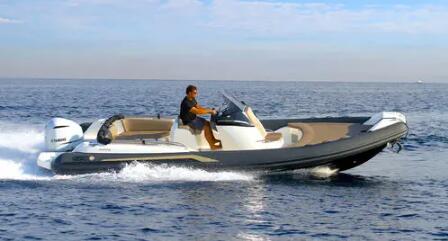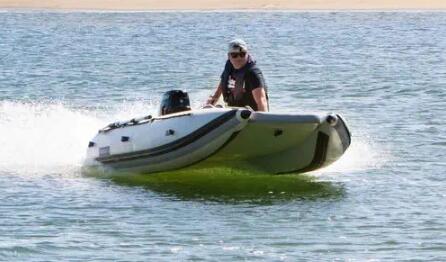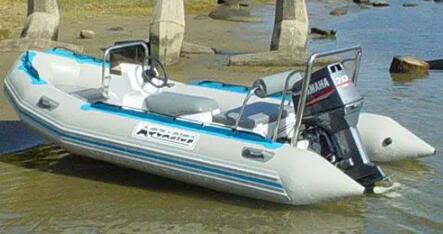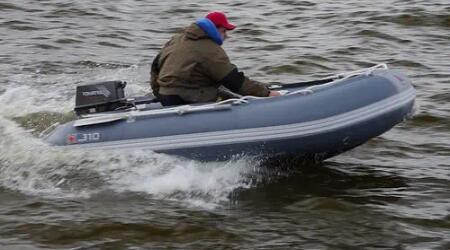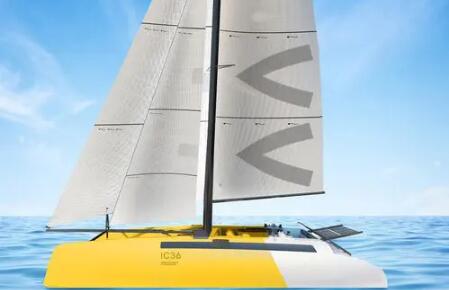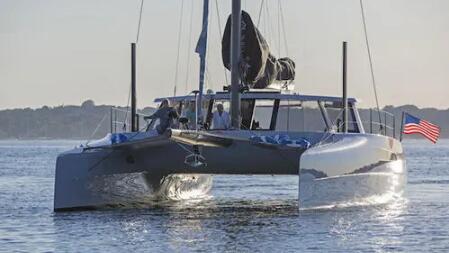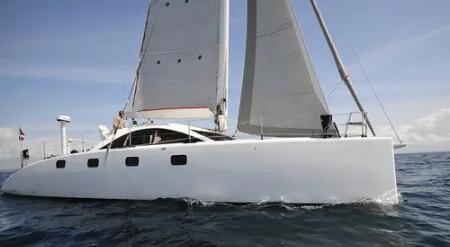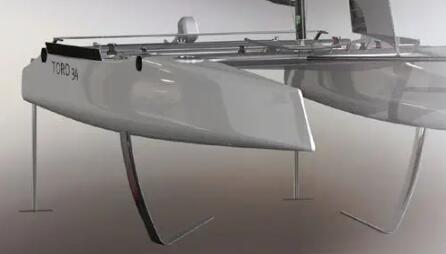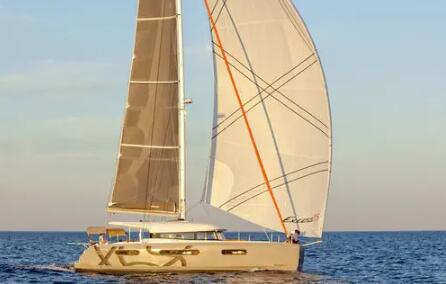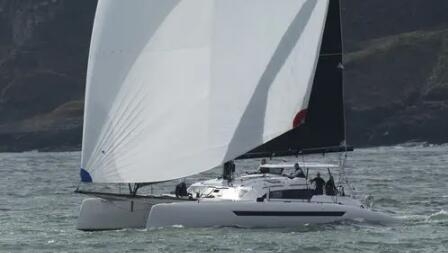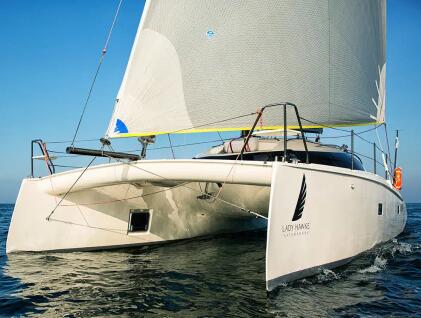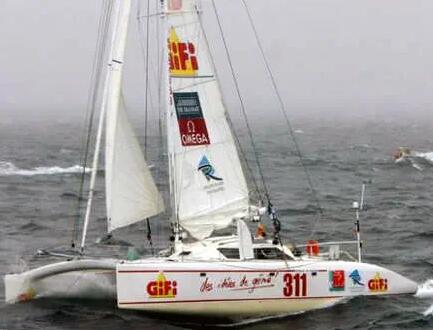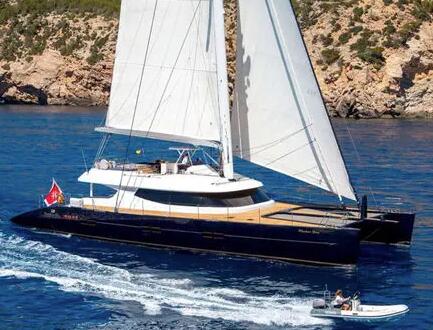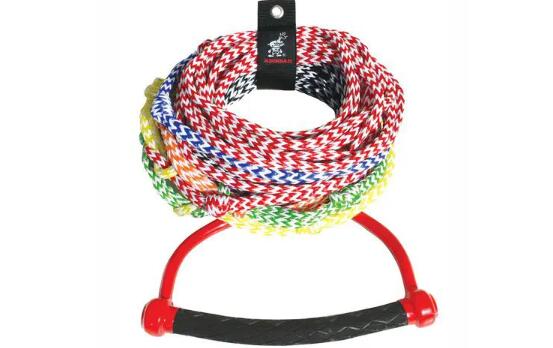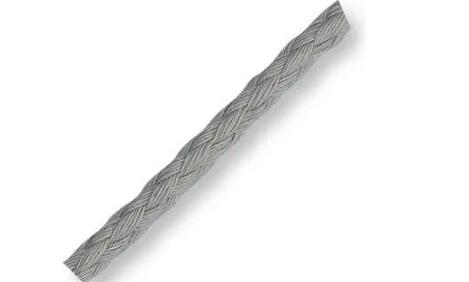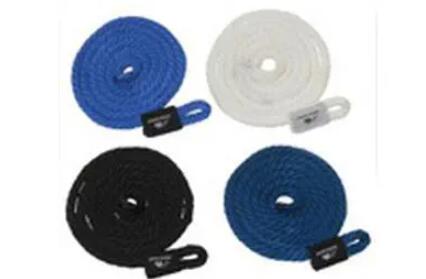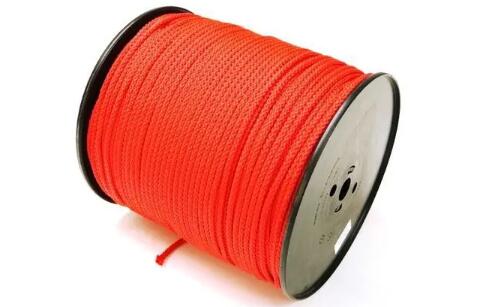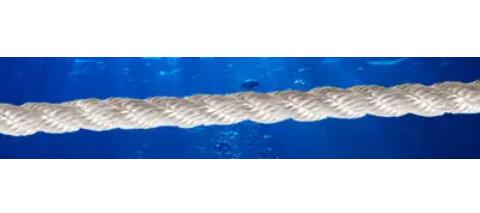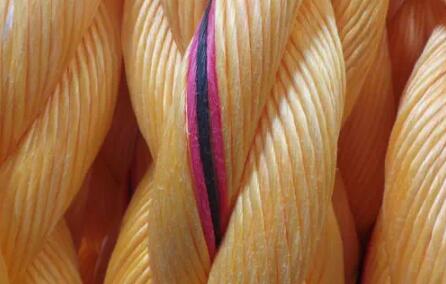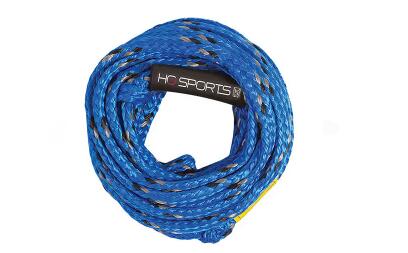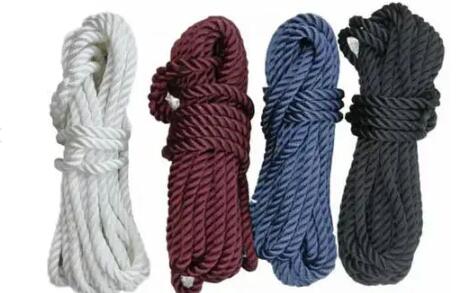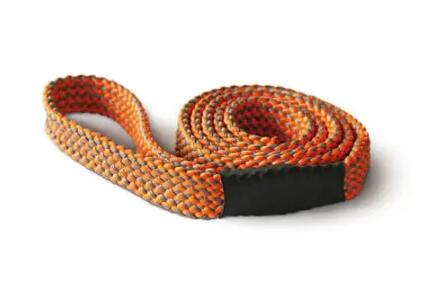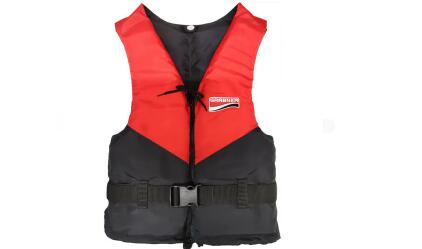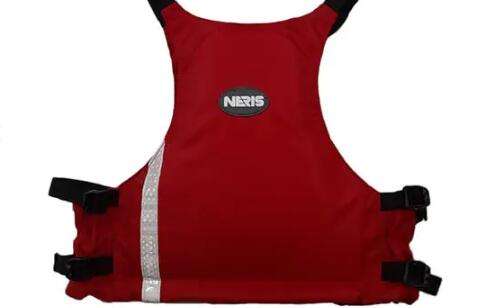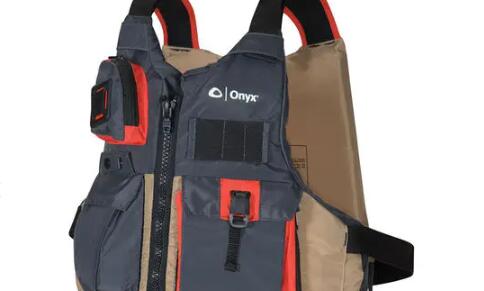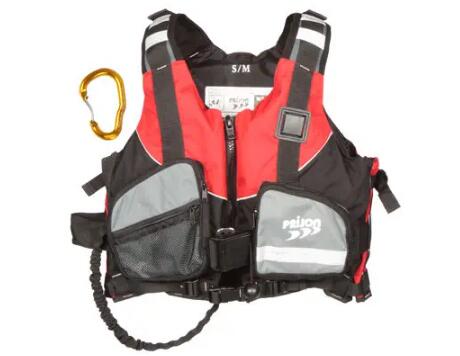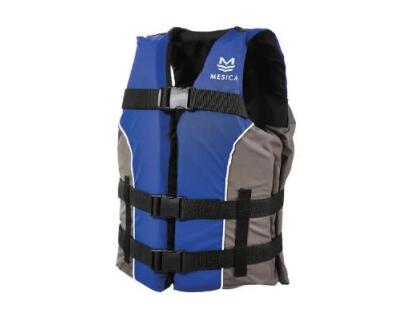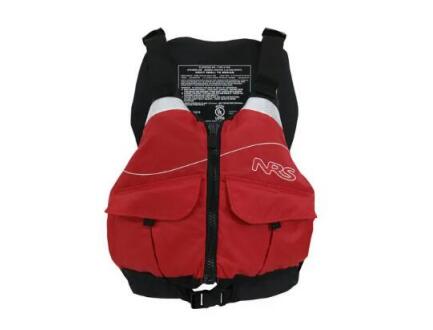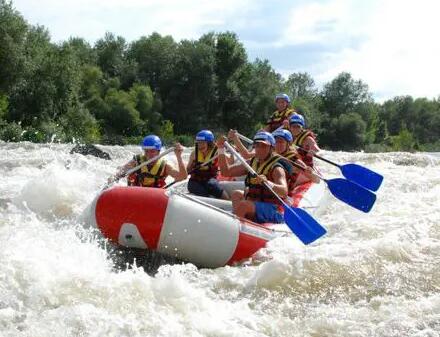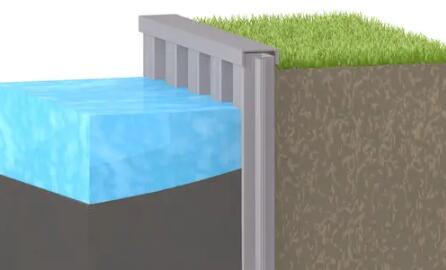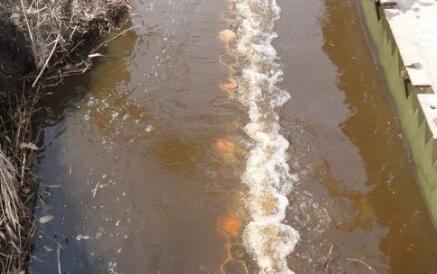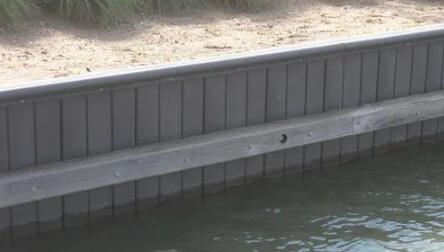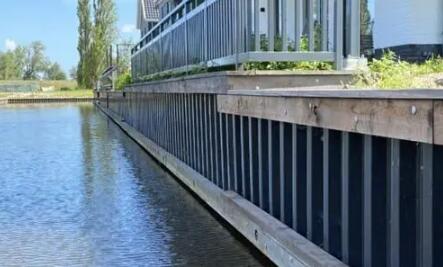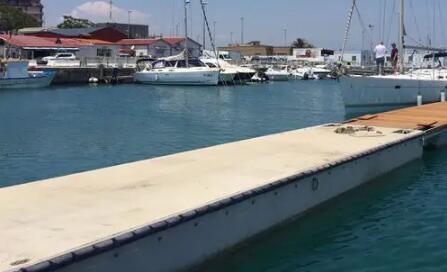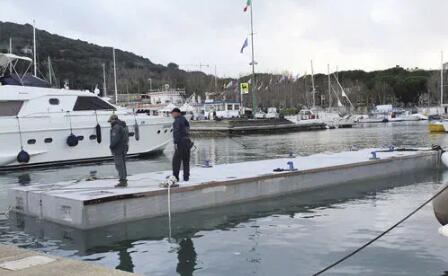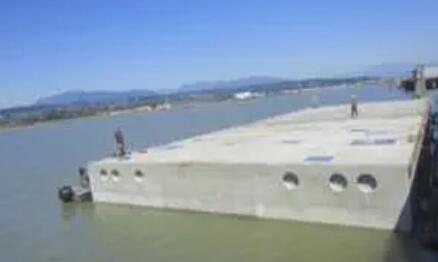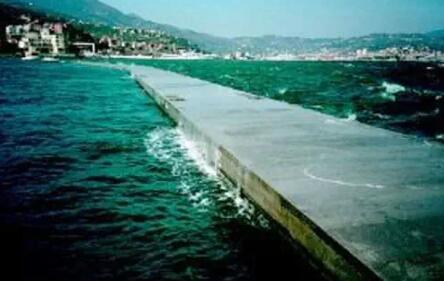产品简介一、刺公介绍?学名:竹夹鱼 鲹科 学名: trachurus japonicus 地 方 名:巴浪、刺鲅、山鲐鱼、黄占、大目鲭、竹签、吹鱼、大目鳀、阔目池、山舌鱼、豹目鳀、刺公 形态特征: 体呈纺锤形,稍侧扁,一般体长20~35厘米、体重100~300克。脂眼睑发达。体被小圆鳞,侧线上全被高而强的棱鳞,所胡棱鳞各具一向后的锐棘,形成一条锋利的隆起脊。体背部青绿色,腹部银白色,鳃盖骨后缘有一黑斑。背鳍2个,分离;胸鳍特大,镰刀状;胸及尾鳍土黄色,背及臀鳍淡黄色。 产 地: 分布于太平洋西部。我国沿海均产之,且渔场分布方。 产 季: 南海的万山群岛一带为12至翌年4月份;东海的马祖、大陈岛、嵊山等渔场为4~10月份;黄海的大沙、海洋岛及烟台威海渔场为4~9月份,尤以9月份为旺汛。 经济营养价值: 竹夹鱼为我国一般的经济鱼类。可供鲜食,也可加工制罐头或咸干品。 二、海岛大亨4我怎么建不了渔场?那个渔人码头貌似是清理垃圾的,不是钓鱼的啊,要做鱼罐头的,渔场怎么建啊?渔人码头在食物选项里是用来捕鱼的,而不是清理垃圾的。鱼人码头捕鱼的效率是由周围海域的鱼的含量决定的,从资源中能查看,绿色越浓含量越高,越淡越低。越是捕鱼越会变淡。 你说的清理垃圾的建筑物是垃圾场,在公共设施里。如果是海岛4高科技资料片里,经过高科技升级就是水处理厂。这些都是减少并控制污染的。 如果想做鱼罐头。你要建造渔人码头和罐头厂。从渔人码头捕的鱼,会通过卡车司机办公室运送到罐头厂,制造成鱼罐头。再通过卡车司机办公室运送到码头自动出售。当然罐头厂需要由高中生作为工人才能运作。所以还需要建造高中。 渔场要在海边建 渔场的那两个选项无关紧要,就用默认的好了,只要你看你的出口列表,上次出口有鱼肉或是鱼罐头,就对了 1.渔人码头只要建好了,就能产出鱼!你要看工人,如果工人少的话,产量不足的哔,如果都做伙食了,工厂的供给也上不去的哔 2.渔人码头附近要建个能够运转货物的叫啥?好像是“货运中心”,然后工厂旁边也要有这个,不然货物运不过去的,除非渔人码头就在旁边哔!! 清理垃圾只是说会让那个建筑产生的污染变小,实际还是产鱼的 三、自翻:捕捞船种类【Puse Seiner】 Purse seiners catch primarily pink salmon and herring by encircling them with a long net and drawing (pursing) the bottom closed to capture the fish. The net is first stacked on the stern of the boat and then played into the water while the boat travels in a large circle around the fish. The far end of the net is attached to a power skiff, which holds the net while the seiner completes the circle. The top of the net stays on the surface of the water because of its float line―thousands of colorful floats―and the bottom of the net falls vertically because of its weighted lead line. As a result, the net hangs like a curtain around the school of fish. The vessel crew then purses its bottom with a purse line. The lines and the net are pulled up with a hydraulic power block (winch). Once most of the net has been retrieved, with the remainder of it lying in a bag alongside the vessel, the fish are dipped from the bag and into the vessel’s hold. For large catches of herring, a buying vessel or tender comes alongside the fishing vessel and lowers the end of a fish pump into the bagged purse seine. The herring are then brought aboard the tender and into its hold without ever going aboard the seiner. Sometimes referred to as limit seiners, purse seiners are sleek, cabin forward vessels that are limited by Alaska law to 58 feet in order to more precisely manage their fishing effort. They are recognized by their long, clean decks, the boom with its power block, the net stacked on the back, and the power skiff that is often seen riding piggyback aboard the vessel’s stern while it is traveling. When fishing, of course, the circle of floats on the surface of the water, and the power skiff assisting with the operation, are sure giveaways. Seine-caught salmon are delivered in-the-round (whole) to buying stations and canneries where they end up as canned and frozen products. Herring are delivered to processing plants where they are either stripped of their roe (eggs), or packaged as bait for other commercial fisheries; e.g., the longline fisheries and the crab fisheries. Salted herring roe, called kazunoko, is shipped to Japan where it is a high-priced delicacy. 【围网渔船】 围网渔船主要捕捞粉鲑和鲱鱼,方法是用一张长网把鱼群包围,然后收拢网底将鱼捕获。 先将渔网堆放在船尾,之后渔船围绕鱼群行驶,路线呈大圆圈状,一边行驶一边往水里撒网。网的最末端系在小动力艇上,渔船围着鱼群转圈时由小艇固定住网。网的顶端有浮绳,由无数彩色浮球组成,能使网顶浮在水面。网的底部有加重过的铅绳,使网底垂直降下。最后,网围绕鱼群像窗帘一样挂起来。之后船员用收拢线将网的底部收拢。收拢线和渔网由一台液压动力滑车(绞机)拉起。网的大部分收回后,剩余部分会收到船边的袋子里,然后船员把鱼从袋子里倒到船舱里。大量捕捞鲱鱼时,会有一艘购买船或运输船靠在捕捞船旁边,并将一个鱼泵末端降低伸到装围网的袋子里。鲱鱼直接被带到运输船的船舱内,不用先收回到围网船上。 有一种“限制性围网船”,船型圆滑,船舱朝前,长度被阿拉斯加法律限制为58英尺(17.68米),以便更精确的管理捕鱼效率。船的特点为甲板长而整洁,吊杆上装有动力滑车,渔网堆积在船后方,船行驶时会看到小动力艇被驮在船尾甲板上。 进行捕捞作业时当然也是很容易识别的,水面飘着一圈浮球,有小动力艇协助作业。 围网捕捞的鲑鱼被整条运往购买站和罐头厂,制成罐头产品和冷冻产品。鲱鱼被运到加工厂,剥下鱼卵,或者包装后作为其他商业渔场的鱼饵(供给其他商业渔场作为鱼饵),如长线钓渔场和螃蟹养殖场。腌鲱鱼卵,英文叫kazunoko,被运往日本,在当地被视为价格昂贵的美味佳肴。 【Gillnetter】 Gillnetters catch salmon―primarily sockeye, chum, and coho―by setting curtain-like nets perpendicular to the direction in which the fish are travelling as they migrate along the coast toward their natal streams. The net has a float line on the top and a weighted lead line on the bottom. The mesh openings are designed to be just large enough to allow the male fish, which are usually larger, to get their heads stuck, or gilled, in the mesh. Much larger fish and the smaller females are not so readily gilled. Gillnets work best in silty or turbid water which makes them difficult for the fish to see. Gillnet vessels are usually 30 to 40 feet long. They are easily recognized by the drum on either the front, a bow picker, or the stern, a stern picker, on which the net is rolled. Net retrieval is by hydraulic power which turns the drum. Fish are removed from the net by hand, picking them from the mesh as the net is reeled onboard. Gillnet-caught salmon are usually iced and delivered to buyers and cold storages. Historically, their ultimate destination was the canned market, though a growing market for frozen product has developed overseas. Setnetting is a small-scale type of gillnetting done by hand from a skiff or from shore, usually by local families. There are no hydraulics. Nets are fixed and are held onshore or offshore with anchors. Skiffs are used to set nets―one end on shore, other anchored off shore. Sometimes both ends are in the water most of the time and when a cork bobs the fish is pulled out. After salmon are picked from nets they are iced down and delivered to large collection boats, called tenders. 【刺网船】 刺网船用于捕捉三文鱼,主要是红鲑、狗鲑和银鲑。当鱼沿着海岸向出生的河流迁徙时,设上窗帘状的网,使之与鱼的迁徙方向垂直。网的顶端有浮绳,底部有沉重的铅绳。雄鱼体型相对较大,网孔大小经过设计,刚好可以卡住雄鱼的头或腮。再大的鱼或体型相对较小的雌鱼不太容易被卡住。刺网在有淤泥或浑浊的水中使用效果最好,不容易被鱼发现。 刺网船一般30到40英尺长,船头或船尾有一个滚筒,上面卷着渔网,很容易辨认。滚筒在船头的船叫做bow picker,滚筒在船尾的叫stern picker。这种船靠液压动力转动滚筒来收网。网收到船上后,需手动把鱼从网眼上摘下来。刺网捕捞的三文鱼一般被冰冻后发给买家和冷库。以往这些鱼最后会被送到罐头市场,尽管冷冻产品市场已扩展到海外。 定网捕捞是一种小规模的刺网捕捞,一般由当地家庭从海岸或者小艇上手工作业,不使用液压装置。渔网由锚固定在近海或者陆地上。 定网用小艇设置。网的一端设在岸上,另一端用锚设在海上。有时,网两端大部分时间都在水里,当网上的软木塞上下跳动时,鱼就被拖出来。人们将鲑鱼从网上摘下后,用冰覆盖,交给叫做tender的大型收集船 【Troller】 Troll vessels catch salmon, principally Chinook, coho, and pink salmon, by “trolling” bait or lures through feeding concentrations of fish. The word troll comes from a medieval German word, trollen, and refers to the revolving motion of the bait or lures used in this type of fishing. Typically, four to six main wire lines are fished, each of which may have up to a 50 pound lead or cast iron sinker or cannon ball on its terminal end, and 8 to 12 nylon leaders spaced out along its length, each of which ends in either a lure or baited hook. To retrieve hooked fish, the main lines are wound about small, onboard spools via hand crank (hand trollers) or with hydraulic power (power trollers), and the fish are gaffed when alongside the vessel. The leaders are then rebaited and let back down to the desired depth(s). Troll vessels come in a variety of sizes and configurations, ranging from small, hand troll skiffs to large, ocean-going power troll vessels of 50 feet or more in length. Troll salmon fishermen operate throughout Southeast Alaska in both state and federal waters. The troll salmon fishery produces a low-volume, high-quality product. Troll-caught salmon are dressed at sea and sold either as a fresh or frozen product. High-end grocery stores and fine restaurants are the final destination. 【拖钓船】 拖钓船用于捕捉鲑鱼,主要为奇努克鲑,银鲑和粉鲑。捕捞方式是拖着鱼饵穿过鱼群集中进食处。Troll这一单词来源中世纪德国词语trollen,指的是这种捕鱼方式中,诱饵旋转的动作。一般来说,拖钓船用到四到六根主钢丝绳。每根钢丝绳末端有重达50磅的铅锤或铁锤(像加农炮弹一样),每根绳上沿纵向间隔放置8至12条尼龙导线,每条导线末端是诱饵或饵钩。通过手摇曲柄或液压动力转动船上的小卷轴,把主绳卷起来,以回收上钩的鱼。手摇的叫hand trollers,液压的叫power trollers。鱼到船边时就被钓上来了。之后给导线重新装上鱼饵,放回到需要的深度。拖钓船有各种尺寸和结构,小到装有手摇卷轴的小动力艇,大到50英尺或更长的大型液压卷轴远洋船。渔民拖钓鲑鱼的海域遍及阿拉斯加东南部,在阿拉斯加水域和其他联邦的水域都进行作业。鲑鱼拖钓业生产的产品数量少但质量高。拖钓捕捞到的鲑鱼在海上就加工好,之后会作为生鲜或冷冻产品出售到高端食品杂货店和高级饭店。 【Trawler】 Trawlers are sometimes confused with trollers due to their similar sounding names. Trawlers typically catch large quantities of midwater species such as pollock or pink shrimp, and bottomfish such as flounder, by towing a large, cone-shaped net. Most trawl nets have doors on either side of the net’s opening to help hold it open, and some that are fished near the bottom have a heavy chain strung along the bottom of the opening to hold it close to the sea floor. The net is retrieved using huge winches and a power drum upon which the net is rolled as it is brought aboard. The end of the net, the bag or cod end, holds the fish and is usually pulled right up into the back of the vessel on a slanting stern ramp. Trawlers are generally large vessels; the largest in the ocean pollock fishery are factory trawlers that possess onboard processing facilities. These can be up to 600 feet in length. Catches are often enormous, with a two-hour tow of the net yielding up to 100 tons or more depending on the fishery, the size of the vessel, and the concentration of fish in the area. The trawl fishery may process its catches into either fillets destined for the fresh and frozen market, or minced fish called surimi, which is manufactured into fish sticks and similar products such as artificial king crab. Shrimp fishermen sort their catches by size and species and sell the product as either a whole frozen product, or as a headed frozen product. 【拖网船】 拖网船和拖钓船因英文发音相似,有时会被人混淆。拖网船一般用于大批量捕捞中层鱼,如鳕鱼和北极甜虾(pink shrimp),还有底层鱼,如鲽鱼。捕捞方式是拖着一个大型圆锥型网。大多数拖网两头的开口处都有装有一个“门”,帮助渔网保持张开状态。有些在水底使用的拖网,开口的底部会捆上一条很重的链子,使网底在海床上保持关闭状态。收网时,大型绞机和动力滚筒把网带到船上,再卷到滚筒上。拖网末端叫做“袋子(bag)”或者“网囊(cod end)”的部分装着鱼,一般会被拖上来,放到船后方倾斜的船尾滑道上。拖网船通常为大型船。海洋鳕鱼业中最大的拖网船是拖网工船,配有船载加工设备。这种拖网工船长度能达到600英尺(182.88米),捕捞量非常大。根据渔场、船的尺寸和作业区域鱼聚集情况的不同,每两小时拖网作业的产出量可达100吨或更多。拖网渔场会把捕获的鱼加工成生鲜或冷冻市场所需的鱼片,也可加工成鱼糜,英文叫surimi。鱼糜可以制成鱼条和类似产品,比如人工帝王蟹。捕虾的渔民会根据尺寸和品种把捕到的虾分类,制成整条冻虾或去头冻虾进行出售。 【Jig Fisher】 Commercial jig fishing, also known as automated handlining, is a method of fishing using hooks with lures which are jigged up and down in the water. Jigs create a jerky, vertical motion, unlike spinnerbaits which move through the water horizontally. The jig is very versatile and can be used in both salt water as well as fresh water. Jig fishing techniques have been used for centuries by European vessels fishing Icelandic, Newfoundland and North Sea fishing grounds. Many of the techniques used then are still in use today. In recent years however, the advent of hydraulic or electric automated jigging machines has eliminated much of the manual labor required to haul fish from great depths. Modern automated jigging machines are equipped with a computerized motor which enables the machine to automatically haul in the catch when a specified weight of fish is hooked. This improves the efficiency and accuracy of the fishing system, and also reduces bycatch and discards. You are effectively catching a quality fish straight from the sea. Jig fishing is also extremely beneficial in the face of increased fuel costs as boats actually fish with the engine switched off. 【滚钩船】 商业滚钩捕捞,又称自动化捕捞船??(automated handling),是一种在水中上下快速震动饵钩的捕捞方式。滚钩能创造出垂直方向上的快速运动,不像旋转饵一样在水中水平运动。滚钩比较全能,即可用于海水也可以用于淡水。欧洲渔船在冰岛,纽芬兰和北海渔场中使用滚钩捕捞技术已有好几世纪了。当时的许多技术现今仍在使用。 然而在最近几年,液压和电力自动滚钩机的出现,取代了大部分深海捞鱼所需的体力劳动。现代自动化滚钩机配备计算机化发动机,一定重量的鱼上钩后,机器会自动把鱼拖上来。这种方式提高了捕捞系统的效率和准确性,也减少了副渔获和废弃品。你可以直接从海里高效捕捞到高品质的鱼了。 面对燃油费用的上涨,滚钩捕捞也极为有利,因为滚钩捕捞时,渔船引擎实际上是关掉的。 【Crabber】 Crabbers target Dungeness, king, and snow crab using twine or wire-meshed steel pots (traps). Baited with herring or other fresh bait, the pots are left to soak for several days. A line extends from each pot to a surface buoy that marks its location. There are several configurations for the pots, though in general, the smaller round pots are fished for Dungeness in shallow bays and estuaries, and the large, heavy, rectangular pots are fished in waters deeper than 100 feet for king and Tanner crab. A power winch is used to retrieve the pots. Once aboard, a pot is opened and the catch sorted. Females and undersized males are discarded alive over the side and legalsized males are retained in aerated seawater tanks. Crab boats come in a variety of shapes and sizes, from aluminum skiffs with outboard motors that fish the inside waters for Dungeness, to seagoing vessels of 100 feet or more that ply the Bering Sea and the Gulf of Alaska for king crab. Unless one happens to see a crabber headed for the fishing grounds with its decks stacked with pots, identification of a vessel as a crabber might be difficult for the casual observer. Crabs are delivered live to shore stations where they are cooked and then either canned or sold as a fresh or frozen product. A small number are sold live in local markets through retail outlets that have circulating seawater holding tanks. 【捕蟹船】 捕蟹船用麻绳或金属丝编制的铁笼(陷阱)捕捞珍宝蟹,帝王蟹和雪蟹。笼里装上鲱鱼或其他新鲜的鱼饵,浸到水里放几天。每个捕蟹笼上有一条线,与水面浮标相连,以标记笼的位置。蟹笼有好几种规格,不过一般小的圆形蟹笼用来捕捉浅水湾及河口的珍宝蟹,大而重的长方形蟹笼用来捕捉水下100英尺深的帝王蟹和石蟹【161205本小句改为:又大又重的长方形蟹笼放在水下100米英尺深,钓帝王蟹和石蟹】。蟹笼由动力绞盘收回。一收到船上,人们就将蟹笼打开,将捕获物分类【161205本句改为:蟹笼一旦收上来,人们就将其打开,并把捕获物分类。】。母蟹及尺寸过小的公蟹被活着丢到船外【161205本句改为:母蟹及尺寸不符合法律规定的公蟹被活着丢到船外】。尺寸合适的公蟹留到充气海水池里【161205本句改为:尺寸合法的公蟹留到充气海水池里】。捕蟹船有各种形状和尺寸,小到铝制尾挂机小艇,大到100英尺及更长的航海船。铝制尾挂机小艇在内部水域捕捞珍宝蟹。航海船则到定期行驶到白令海和阿拉斯加湾捕捞帝王蟹。外行一般很难识别一艘船是否为捕蟹船,除非碰巧看到它甲板堆满笼子驶向渔场【161205本句改为:捕蟹船不仔细看一般是看不出来的,除非是它甲板上堆满笼子驶向渔场的时候恰好让人看见了。】。活蟹会被运到岸上的加工站,在这里做熟后,加工成罐头,或者作为生鲜产品或冷冻产品出售。还有一小部分,通过拥有循环海水池的零售商店,活着卖到当地市场。 【Longliner】 Longliners catch bottomfish, primarily halibut, blackcod, lingcod, and rockfish, via a long line that is laid on the bottom. Attached are leaders or gangions with baited hooks. Each longline can be up to a mile in length and have thousands of baited hooks. The lines are anchored at each end of each set. Lines at the ends run to the surface and are marked with a buoy and flag. A longline vessel typically sets several lines for a 24-hour soak. The lines are retrieved over a side roller with a power winch, and the fish caught are bled or dressed and then packed in ice in the vessel’s hold. Longliners are typically large vessels, 50 to 100 feet in length, with a weather cover on the stern to protect the crew. The longlines are coiled and stacked on deck in tubs when not in use. Most vessels in this fishery can pack 20 to 40 tons or more of iced product before returning to port. Longliners are readily identified by their weather cover and, when not fishing, by the numerous orange buoys and flags that are tied along their rails. This fishery delivers its catch whole and bled (rockfish), or whole and gutted (halibut), or headed and gutted (blackcod and lingcod) for subsequent sale to fresh and frozen markets. 【长线钓船】 长线钓船捕捞底层鱼,通过放置在水底的长钓线,主要捕捞大比目鱼,黑鳕,中巨石斑鱼(lingcod),和岩鱼。长钓线上系着带有饵钩的导线或者钓钩线。每条长钓线长度可达一英里,带有几千个饵钩。每套长线钓装置的每个尾段都有以锚补丁的长钓线。最末尾的长钓线浮在水面,用一个浮标和一面旗做标记。一艘长线钓船通常设置好几条钓线,浸在水里24小时。钓线通过动力绞盘收到船侧面的滚筒上去,捕到的鱼被放血或者加工处理,然后放到船舱内的冰里。长线钓船通常是较大的船,有50到100英尺长,船尾有防雨罩,用来保护船员。长钓线不用的时候,卷成卷堆放在甲板上的桶里。大部分从事长线钓业的船,在回港前能装20到40吨或更多的冷冻产品。长线钓船很容易识别,船上有防雨罩,不作业时,船舷的栏杆上拴着无数的橙色浮标和棋子。长线钓业运输的鱼,后续会销售到生鲜和冷冻市场。石鱼放血后整条出售,大比目鱼去掉内脏后整条出售,黑鳕和中巨石斑鱼去头去脏后出售。 |
| 中国舟山渔场建在什么流域? |
2023-04-08
|
查看详情 >> |
| 十部必看钓鱼小说? |
2023-03-27
|
查看详情 >> |
| 收集一些好看的 牧场 农场 海岛 渔场 的都市类型小说 |
2023-02-16
|
查看详情 >> |
| 我国黄岩岛有没有常驻人口?多少人在岛上生活? |
2023-05-03
|
查看详情 >> |
| 舟山带鱼污染严重吗 |
2023-02-08
|
查看详情 >> |
